We got an early start for us, 9:45 am, and left for the coast. Daddio thought we could make it to north of Nautla in 7 hours though the map told us that it was 10 hours away but we decided to see where we were at 5pm and go from there. We made great time for 2 hours before coming to a stop at the back of a 2 mile long traffic jam waiting for a road crew to scrape off the remains of 2 semis who had collided and then disintegrated in the road. It was quite a mess but we finally moved on after an hour delay- much better than the fate of the truck drivers we were sure- and continued on toward Tampico. Chris thought we were still “ahead of schedule” until we crawled around Tampico on the “bypass route” which seemed mainly to have been bypassed by any highway crew for several years with truly outstanding potholes which needed to be skirted- going slow into them was not an option- and equally impressive “topes” and ever present “reductores de velocidad”. Some of the deeper potholes had their own “pothole attendants” who stood with a shovel in one hand and a tip can in the other though it didn’t appear that they had actually filled any of these obstacles up- maybe it was an assumption that if you paid them today, the trip home may be easier as they fill up the holes in the road. As we had no intention of returning on this road, we declined. The Tampico bypass added another hour to the trip and then we hit the military checkpoint south of Tampico where the tent trailer raised suspicions and Chris and Teslin cranked it up for the soldiers to go through while others questioned Anny about where we were going, ect. When we finally pulled out of there 30 minutes later, we started down the slippery slope of trying to reach one’s predetermined destination in Mexico in spite of unexpected delays- never a good idea!
We hit Tuxpan as the sun was setting and decided the smart thing to do was stop at a hotel in Poza Rica for the night. Chris called ahead and talked to a hotel guy who told us to just take the road in to town and look for them on the left. Unfortunately, the “road to town” exit hid itself from our view and we found ourselves hurtling down the road with what seemed like 1000 overtired truckers who needed to pass at least 40 vehicles that night in order to consider themselves worthy. We joined in the fray- Chris’ machismo still had a pulse and, ay caramba, we were passing double long semis up hills and around corners on 2 lane roads with the best of them. We alternated between going 15mph and 70mph for the next 2 hours, finally arriving at our RV Campamiento on the beach north of Nautla at 8:30pm- only 11 hours on the road!!! We went to the closest restaurant to the RV site and though it appeared empty and dark, Anny found a couple “snogging” in the kitchen with the lights out and they said they would call the cook and owner in and make us dinner. Several beers and tequilas later and a good meal, we called it a day. We spent the next day and a half being the only occupants at the hotel/RV site which had a 3 acre compound with palapas, swimming pools, and beach. We finally left on Thursday, 1/24, and drove to Tehuacan for a night before continuing on towards Oaxaca where we arrived on Friday afternoon.
Smerging
Our driving in Mexico has been a learning experience for all. Mexicans have adapted to limited 4 lane expressways by converting any 2 lane road with a paved shoulder to an autopista. How this is done is that the entire paved surface becomes free game for driving and one must pay attention to all oncoming or passing traffic for those who are about to “smerge”, a term which Carl Franz discusses in “The People’s Guide to Mexico”. How this happens is that when a car comes up behind you, you are to move over to the shoulder (usually half a car in width) as much as possible so that they can pass you straddling the centerline. Oncoming traffic also needs to move over to their shoulder for this to work without a head-on collision so headlights are used to notify them to move. If 2 vehicles decide to pass simultaneously from different directions, the one who flashes their headlights first has the theoretical right of way. A game of “pollo” ensues if neither gives in, the braver driver taking the middle lane. With these rules of the road firmly in place, there exist no stretches of road with paved shoulders where one cannot pass. We passed and were passed by double long semis on corners, by buses going up hills and everywhere else the opportunity presented itself. Conflicts rarely arose and we found this a great way to keep traffic from backing up in curvy, hilly areas. A wonderful adaptation in short and one of which we approve wholeheartedly! The driver just can’t be distracted as one must pay equal attention to those in front and behind for the signal to smerge. Pulling the trailer made this maneuver a little trickier as not all shoulders were in great shape but all in all, it worked.Chris
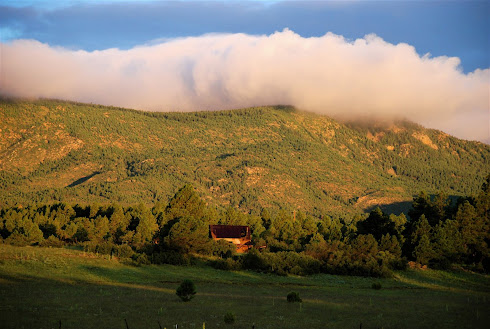

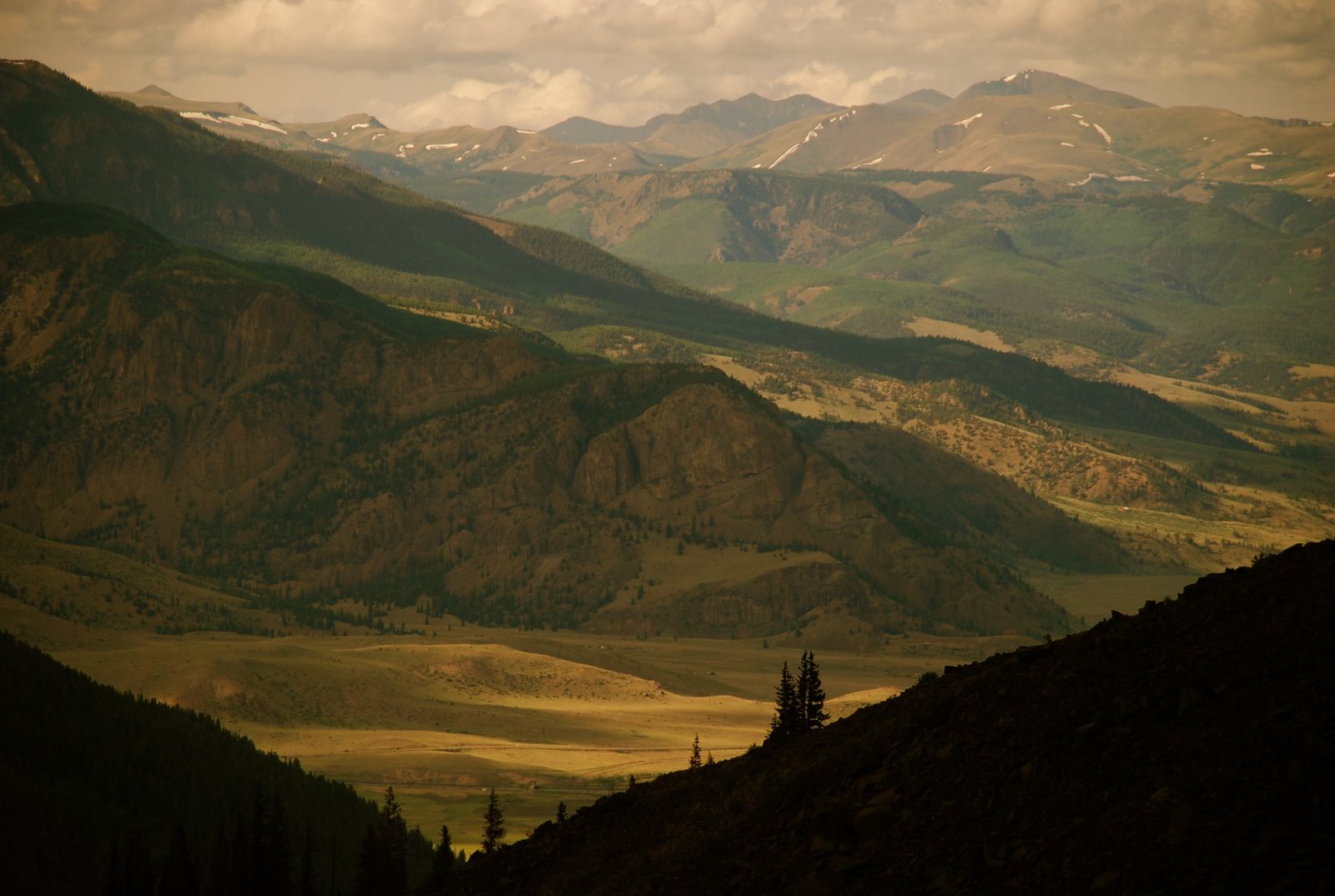




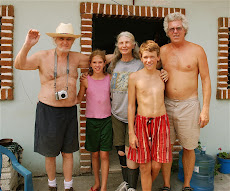

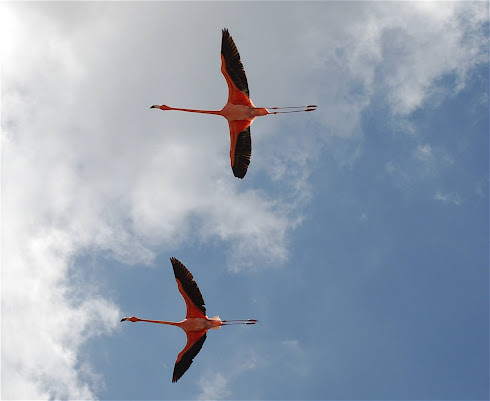
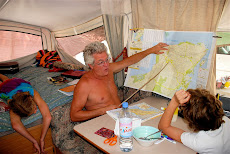




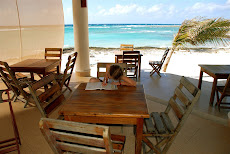


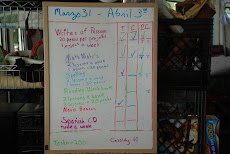



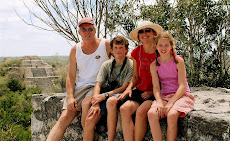






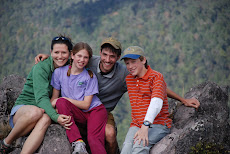

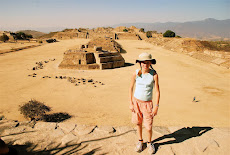



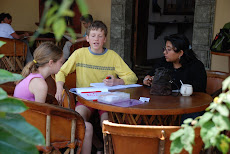
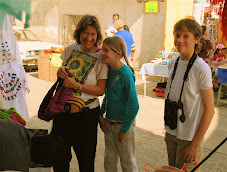





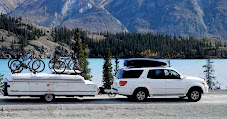

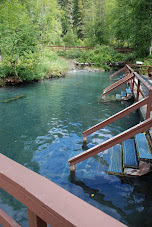

No comments:
Post a Comment